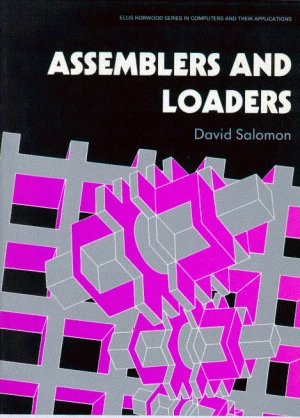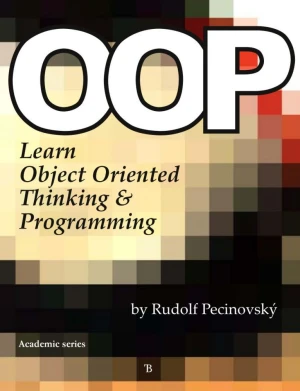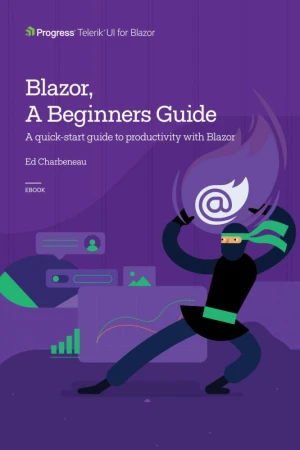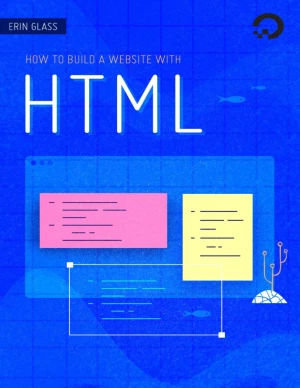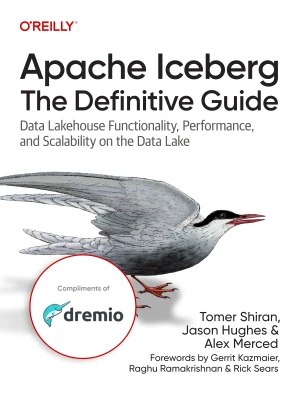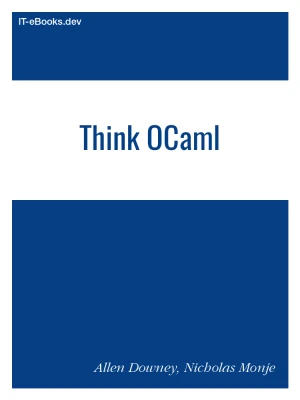The Design and Implementation of the Anykernel and Rump Kernels, 2nd Edition
The definitive technical guide to the core of the Rump Kernel project
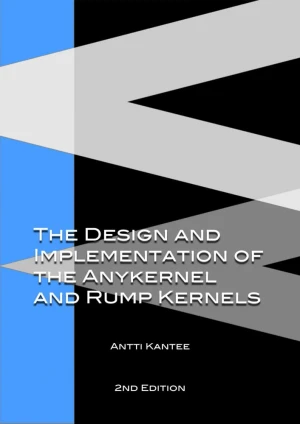
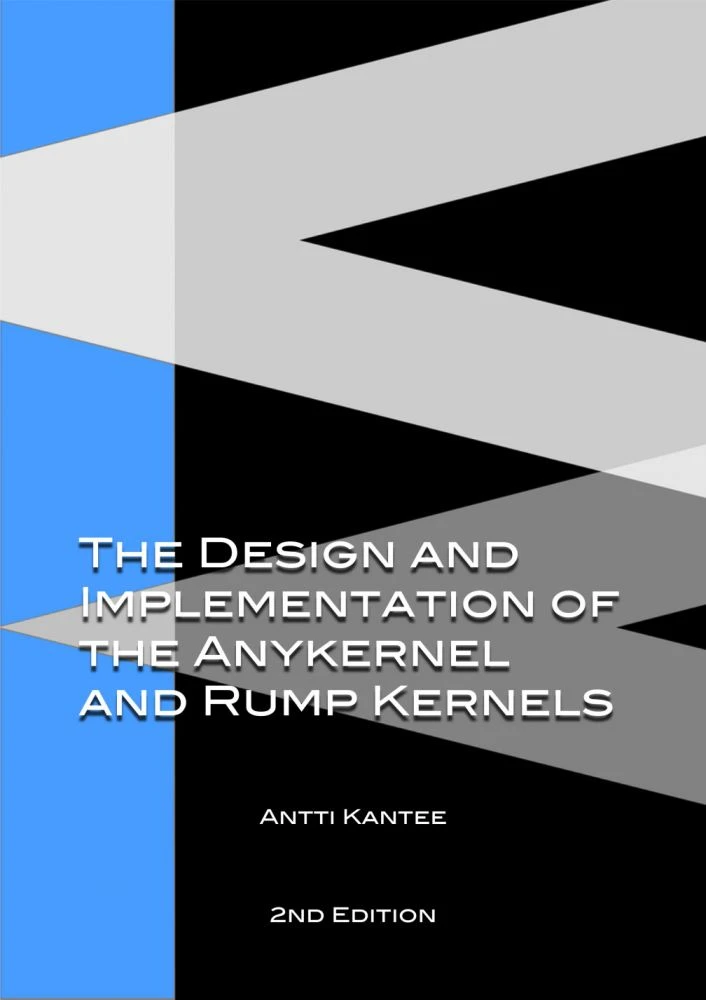
Book Details
| Author | Antti Kantee |
| Published | 2016 |
| Edition | 2nd |
| Paperback | 218 pages |
| Language | English |
| License | Open Access |
Book Description
The mission of the first edition of this book was to introduce the anykernel and rump kernels and motivate their existence. Additionally, we explored the characteristics of the technology through various experiments. The paramount, often criminally overlooked experiment was the one hiding in plain sight: is it possible to construct the system in a sustainable, real-world compatible fashion. That paramount experiment was shown to be a success, and that result has not changed since the original publication, only strengthened. The core technology is still almost identical to the one described in the original book.
This new 2nd edition has been written to account for the practical experiences from new use cases, many of which were proposed in the first edition, but which have since become reality.
To start off, we will look at operating systems in general: what one is, how they developed throughout history, where they are now, what the problem is, and why the time is now ripe for change. After that, we will briefly introduce the Anykernel and Rump Kernels, and argue why they are part of the solution to the problem.
This book is published as open-access, which means it is freely available to read, download, and share without restrictions.
If you enjoyed the book and would like to support the author, you can purchase a printed copy (hardcover or paperback) from official retailers.
Download and Read Links
Share this Book
[localhost]# find . -name "*Similar_Books*"
Assemblers And Loaders
Covering the design and implementation of assemblers and loaders, this comprehensive book opens with an introduction to one-pass and two-pass assemblers. Important concepts such as absolute and relocatable object files are discussed, as are assembler features such as local labels and multiple location counters. The format, meaning and implementatio
OOP - Learn Object Oriented Thinking and Programming
This open book stands out within the wide range of programming books aimed at complete beginners. It is uniquely structured as a record of a dialogue between the author and his daughter, who wishes to learn programming. The author's goal is not merely to explain the Java language, but to teach genuine programming - to instruct readers on how to thi
Blazor, A Beginners Guide
Blazor, A Beginners Guide is intended for developers with some .NET experience. If you're coming from a non-.NET development background, you may learn some .NET basics along the way, but supplemental material around C# and .NET would be of great help to you. The book begins with the author's own perspective on WebAssembly, why it's important to hav
How To Build a Website with HTML
If you are interested in learning how to build and design websites, Hyper Text Markup Language (HTML) is a great place to start. This project-based tutorial series will introduce you to HTML and its methods by building a personal website using our demonstration site (below) as a model. Once you learn the basics, you will know how change the website
Apache Iceberg: The Definitive Guide
Traditional data architecture patterns are severely limited. To use these patterns, you have to ETL data into each tool - a cost-prohibitive process for making warehouse features available to all of your data. The lack of flexibility with these patterns requires you to lock into a set of priority tools and formats, which creates data silos and data
Think OCaml
How to Think Like a Computer Scientist is an introductory programming book based on the OCaml language. It is a modified version of Think Python by Allen Downey. It is intended for newcomers to programming and also those who know some programming but want to learn programming in the function-oriented paradigm, or those who simply want to learn OCam

